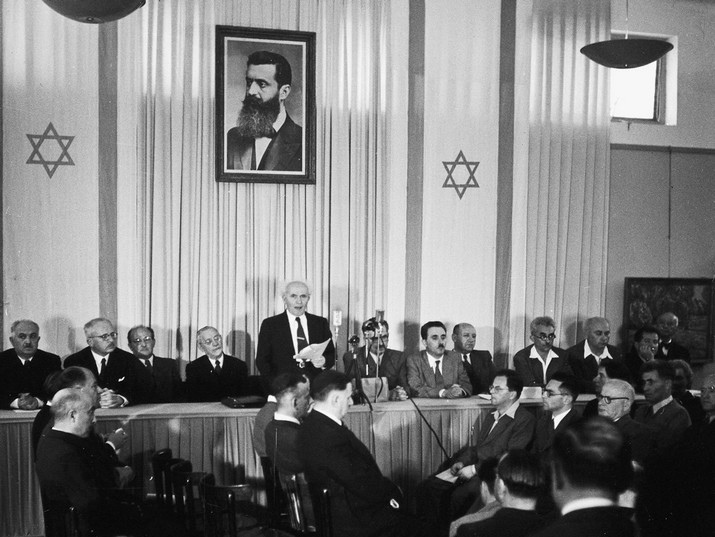Protocol for treatment of post traumatic stress disorder [electronic resource]
Enlarge text Shrink text- Book
Psychic trauma is as old as mankind itself, but it is still not fully understood how or why the exposure to single or multiple horrific events can overwhelm some people to the extent that they are haunted day and night by the terrible things they have witnessed. Most will recover spontaneously, but others become victims of the most common psychological disorder stemming from such an experience: post traumatic stress disorder (PTSD). It is estimated that 8% of the Western population suffer from this disorder, and that 40% of them will continue to suffer from symptoms even ten years after the trigger event. For many years it was believed that there was no remedy for those suffering from severe psychic trauma, but in the last decade a major breakthrough has seen the development of new and effective therapy methods. Regaining a sense of control is key to helping clients suffering from PTSD and its accompanying disorders. The authors of this book have spent many years working in the field. Here they distill those elements common to all the accepted methods of treatment, and they add the unique aspect of imagination and fantasy, described in a concept they call Fantastic Reality. Whilst not claiming to have a remedy or solution for every sufferer, this book will help to provide solutions for some of the aspects lacking in other models. This book will prove a valuable addition to the resources of all those who work in this field, where effective treatment, though much needed, is still scarce.
| Title |
Protocol for treatment of post traumatic stress disorder [electronic resource] : SEE FAR CBT model : beyond cognitive behavior therapy / Mooli Lahad and Miki Doron. |
|---|---|
| Edition |
1st ed. |
| Publisher |
Washington, D.C. : IOS Press |
| Creation Date |
2010 |
| Notes |
Bibliographic Level Mode of Issuance: Monograph Includes bibliographical references. English |
| Content |
Title -- About the Authors -- Acknowledgements -- Introduction -- Contents -- Part 1 -- Chapter 1 What is Trauma? -- 1.1 Types of Trauma -- 1.2 Natural Disasters vs. Man-Made Traumas -- 1.3 Types of Man Made-Trauma -- 1.4 The Severity of the Reaction to Trauma -- 1.5 "In the Eyes of the Beholder -- Chapter 2 When Experiencing Trauma -- 2.1 The Physical Aspect -- 2.2 The Nervous System and Post Trauma Responses -- 2.3 The Cognitive Aspect -- Chapter 3 Posttraumatic Stress Disorder (PTSD) -- 3.1 Common Responses to Trauma -- Chapter 4 Posttraumatic Stress Disorder Treatment -- 4.1 Pharmacotherapy -- 4.2 Dynamic Psychotherapy -- 4.3 Trauma and Recovery Judith L. Herman -- 4.4 Hypnotherapy -- 4.5 The Multi Dimensional Approach -- 4.6 Group Therapy -- 4.7 Cognitive - Behavioral Therapy -- 4.8 Cognitive Behavior Therapy Techniques -- 4.9 Treatments that Combine Exposure with Cognitive Therapy -- 4.10 Prolonged Exposure - PE -- 4.11 Cognitive Processing Therapy -- 4.12 Eye Movement Desensitization and Reprocessing (EMDR) -- 4.13 Coping Techniques with Anxiety/Stress -- 4.14 Elements of Cognitive Behavioral Therapy for PTSD, Which Are AllImportant for the Success of the Treatment -- 4.15 Summary -- Chapter 5 Fantastic Reality2 -- Chapter 6 Principals of the Somatic Experiencing System3 -- 6.1 The Main Components of the SE Method -- 6.2 Discharge: Release of Distress and Physical Distress -- Chapter 7 Anchoring Resources in the Body using the Integrative Model of Resiliency BASIC PH -- 7.1 Resilience -- 7.2 Locating Resources -- Chapter 8 SEE FAR CBT Therapy Model -- Chapter 9 Therapy Phases -- 9.1 Phase One of Therapy - Intake Interview, Evaluation and Diagnosis -- 9.2 Phase Tw o of Therapy -Psycho-Education: PTSD and Approaches to Therapy -- 9.3 Phase Three of Therapy -Deciding to Get Treatment -- 9.4 Phase Four of Therapy - Clarifying the Objectives. 9.5 Phase Five of Therapy - Relaxation, A Safe Place and Anchoring in the Body -- 9.6 Phase Six of Therapy - Exposure In vivo and Exposure in the Fantastic Reality -- 9.7 Using Desensitization -- 9.8 Phase Seven of Therapy - Re-Narration in the Fantastic Reality usingTherapeutic Cards -- 9.9 Steps of Re-Narration in the Fantastic Reality -- 9.10 Phase Eight of Therapy - Hot Spots -- 9.11 Phase Nine of Therapy - Summary and Assessment of Results -- Chapter 10 The Structure of the Sessions - An Example of a Ten Session Therapy -- 10.1 First Session -- 10.2 Second Session -- 10.3 Third Session -- 10.4 Fourth Session -- 10.5 Fifth, Six and Seventh Sessions -- 10.6 Eighth and Ninth Sessions -- 10.7 Tenth Session (This may be the Final Session) -- Part 2 -- Appendices -- Bibliography. |
| Series |
NATO science for peace and security series. E, Human and societal dynamics, 1874-6268 v. 70 |
| Extent |
1 online resource (136 p.) |
| Language |
English |
| National Library system number |
997010715443305171 |
MARC RECORDS
Have more information? Found a mistake?

 Sign in with Google
Sign in with Google
 Sign in with Facebook
Sign in with Facebook



